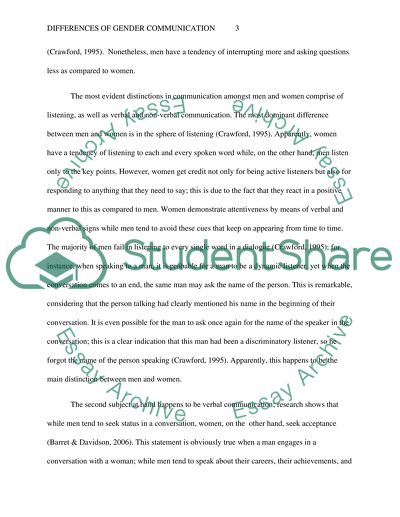Cite this document
(“Differences Of Gender Communication Research Paper”, n.d.)
Differences Of Gender Communication Research Paper. Retrieved from https://studentshare.org/gender-sexual-studies/1456043-differences-of-gender-communication
Differences Of Gender Communication Research Paper. Retrieved from https://studentshare.org/gender-sexual-studies/1456043-differences-of-gender-communication
(Differences Of Gender Communication Research Paper)
Differences Of Gender Communication Research Paper. https://studentshare.org/gender-sexual-studies/1456043-differences-of-gender-communication.
Differences Of Gender Communication Research Paper. https://studentshare.org/gender-sexual-studies/1456043-differences-of-gender-communication.
“Differences Of Gender Communication Research Paper”, n.d. https://studentshare.org/gender-sexual-studies/1456043-differences-of-gender-communication.


